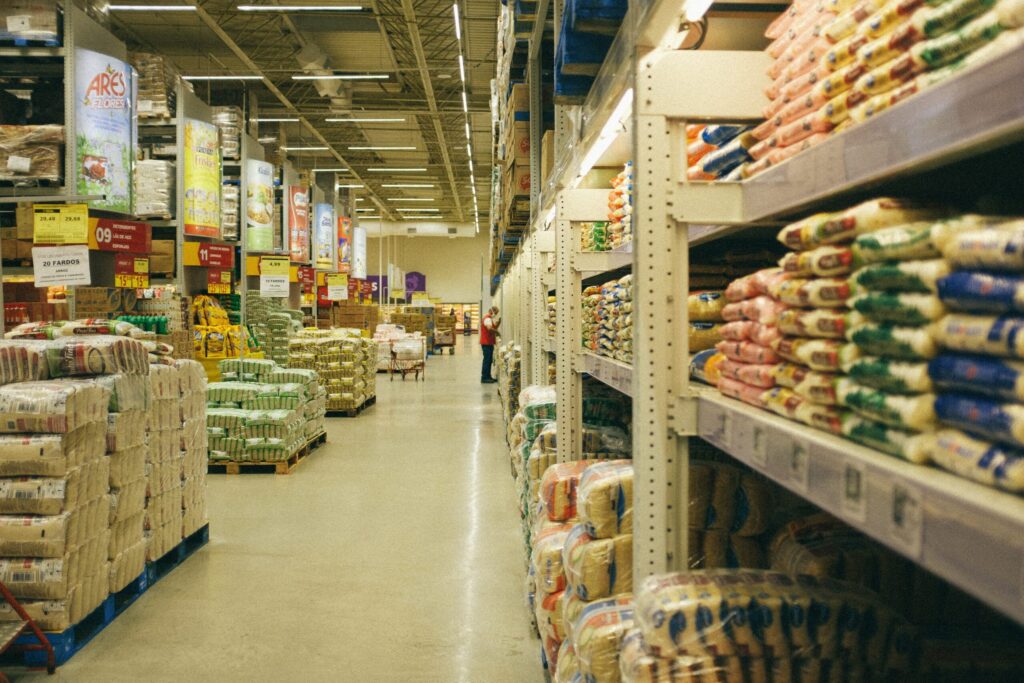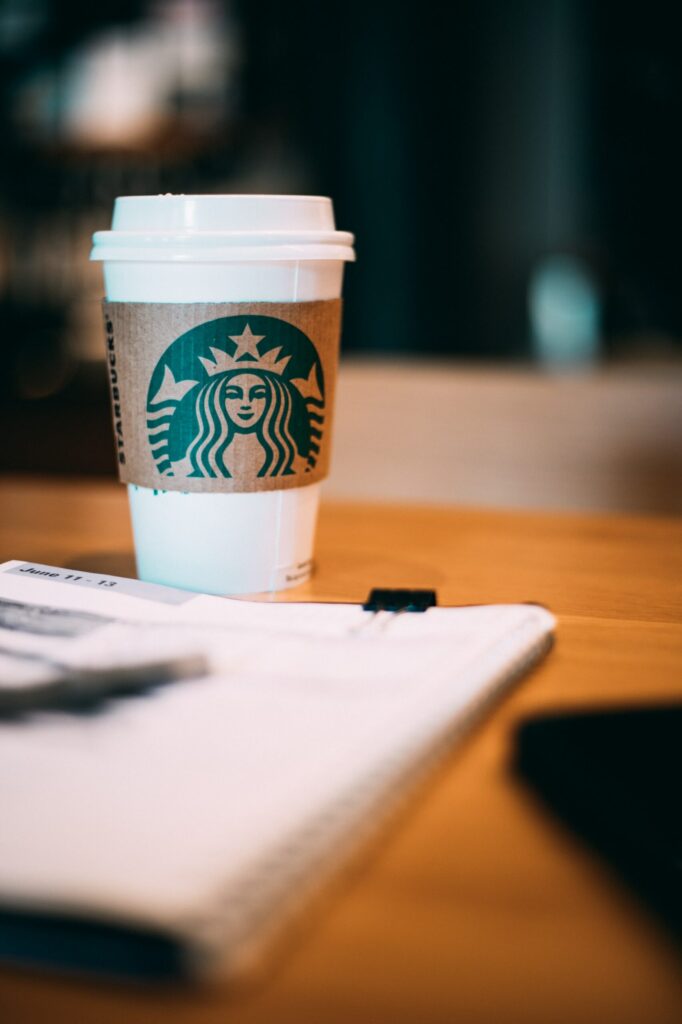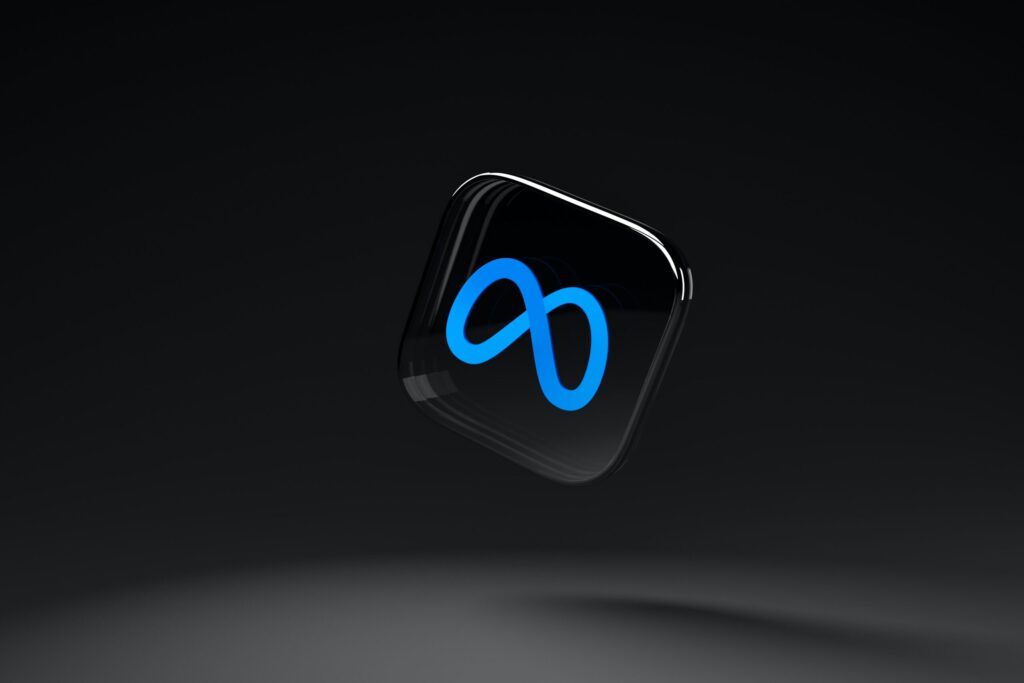Online Grocery Retailers Ride The AI Wave for Customer Acquisition

As Machine Learning has become more accessible, more retailers are leaning towards adopting it for customer acquisition. The same is also true about online grocery retailers who are trying to strengthen their relationship with customers using AI and ML. AI uses personalization and other tools to provide better experiences to customers. How are online grocery […]
How Starbucks Is Winning Customers Using Big Data

Through its loyal and rewards program, Starbucks could gather a huge amount of data, which it then used to its advantage to drive more sales from existing customers. With its 30,000 plus stores globally, it rakes in above 100 million transactions each week. Jon Francis, Starbucks’ Senior Vice President of enterprise analytics, data science, research […]
Meta Makes Way around Apple’s Data Privacy Move; Releases Ad, Shares Tips

Meta is still coming to terms with the aftermath of Apple’s data privacy move which it rolled out with the iOS 14 update. Losses to the tune of approximately $10 billion in 2022, users cut off from data tracking, and limited sharing of insights with ad customers, are some of the ways Meta has been […]
How beauty brands are leveraging AI for customer acquisition

The global cosmetics market size has been projected to reach $463.5 billion by 2027. How this fast growing industry is leveraging AI is something we all can learn from. Customer acquisition is a big part of revenue generation but even bigger perhaps, is customer retention. L’oreal got its head in the right place with its […]
